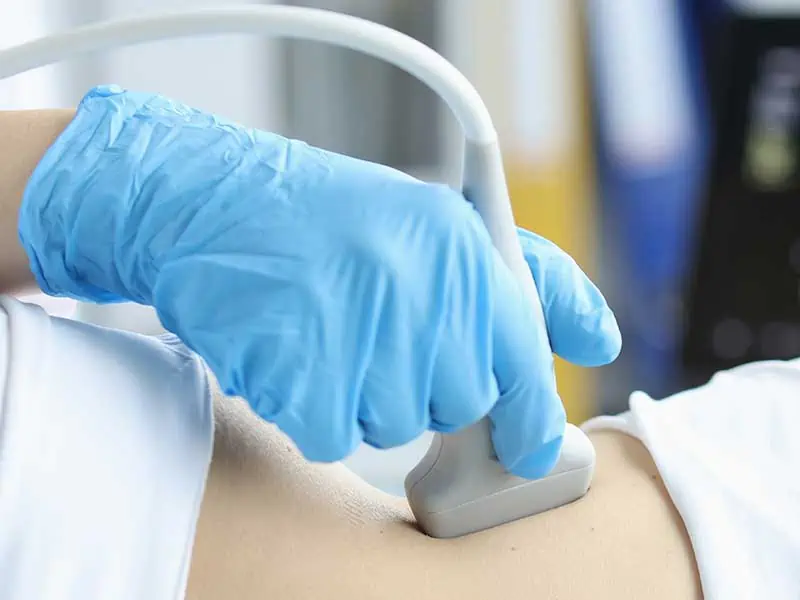
Issue 10/2022
D. Paskalev,
Меdical university – Varna
Iodine contrast agents are increasingly used in modern medicine. In the 1980s, a wealth of evidence of renal impairment was accumulated following the use of contrast media, especially after coronary angiography, and the term „contrast-induced nephropathy“ was coined. According to the ESUR (European Society of Urogenital Radiology), contrast-induced nephropathy is a condition of acute renal impairment (increase in serum creatinine ≥ 44 μmol/l or more than 25% of baseline) as a result of intravascular administration of contrast materials in within 3 days of their introduction and in the absence of other etiological reasons. In 2012, KDIGO (Kidney Disease Improving Global Outcomes) proposed a new name – „contrast-induced acute kidney damage“; Contrast-induced acute renal impairment is defined as an increase in creatinine of 50% from baseline within 7 days of contrast material administration or 0.3 mg/dl (26.52 μmol/l) over 48 hours. This definition remains generally accepted today in clinical practice.
Address for correspondence:
Assoc Prof Dobrin Paskalev MD, PhD
Medical College, Medical University of Varna,
55, Marin Drinov, Str.
9000, Varna
e-mail: dobrinpaskalev@yahoo.com
tel: 00359-887-765-313
